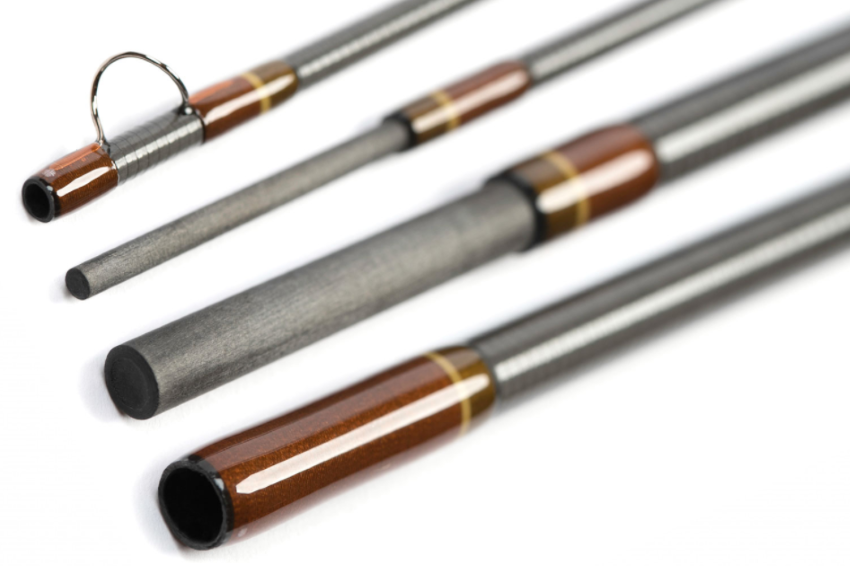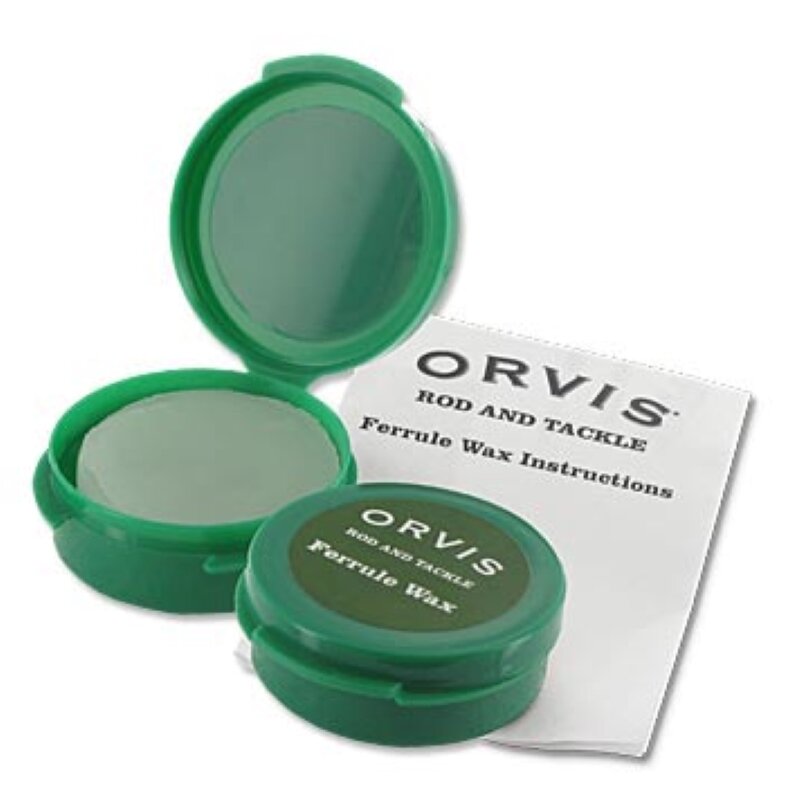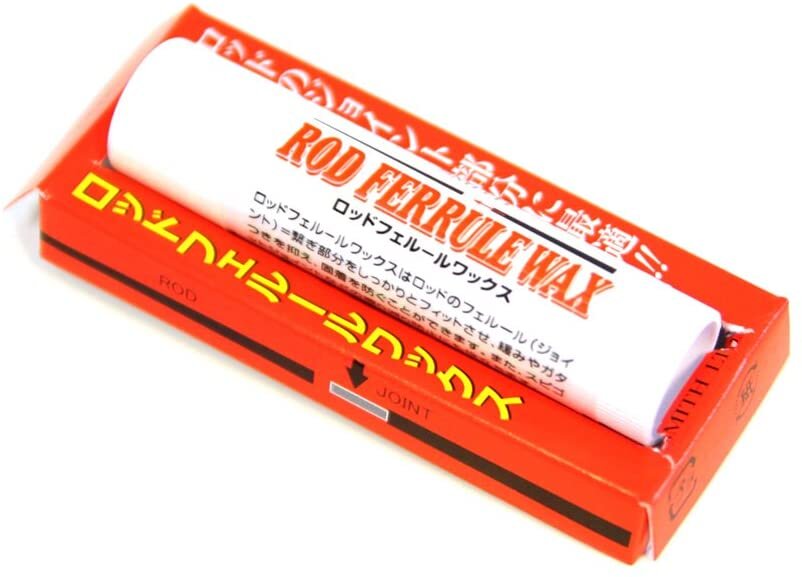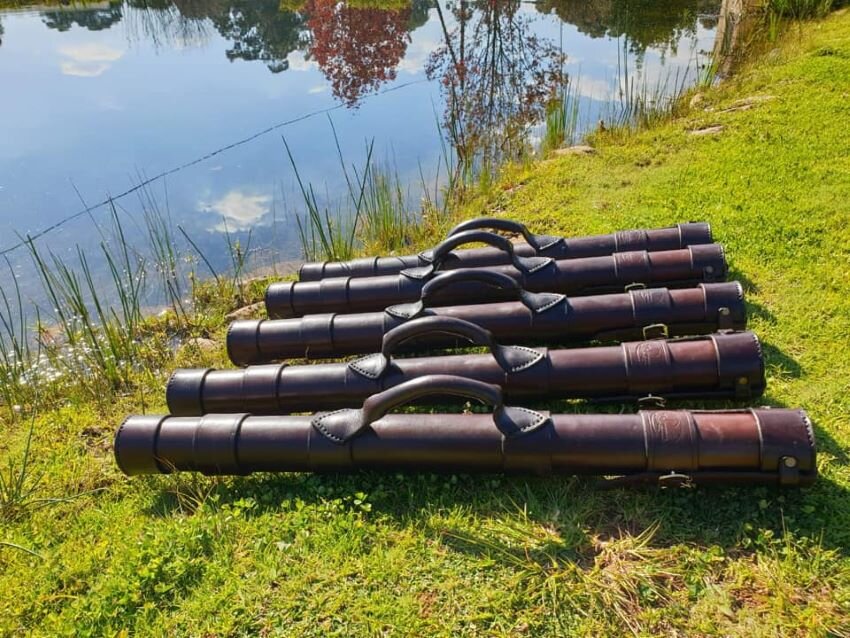Rod Ferrules: Breaking Up is Hard to Do
Part of our collective prejudice against rods with two or more pieces no doubt stems from childhood memories of ferrules that underperformed. If you had one of those old school bargain basement combos, then at some point you likely had one come apart at an inopportune time – either while making a cast or fighting a fish. In response, you likely jammed it together with all of the might your 8-year-old arms could muster, which meant that when it came time to pull it apart the sections were irrevocably stuck together.
Today’s ferrules – at least the ones used in mid-range and above rods – are a far cry from those crappy joints. Indeed, the folks at Mudhole claim that the composite tubes used in modern spacecraft are the direct descendants of those built for angling. They are strong and relatively foolproof. Nevertheless, you may still run into problems (including breakage) if you don’t treat them right.
A big part of avoiding problems comes from “dressing” your ferrules with some sort of lubricant. You need not do it every time out, but each time you apply it you should do so on every connection. Simply rub it up and down the male portion of the ferrule. The bloggers at Midcurrent suggest that you can use a candle or some beeswax to get it done.
If you’d rather have a product made specifically for this use, Loon Outdoors sells Graffitolin Ferrule Wax
In the Japanese market, where multi-piece rods are more common, several manufacturers sell specific ferrule wax. Smith’s is available to U.S. shoppers through Plat Japan.
Tiemco makes a ferrule wax as well.
Of course, sometimes even if you use some sort of wax ferrules may still get stuck together. The worst thing you can do is to try to force them apart when they don’t want to separate. Actually, there is something worse – using the guides as “handles” for such efforts – which almost certainly will result in weakened, bent or broken rod guides.
If you’re having trouble getting a grip on the opposing sections, a pair of kitchen rubber gloves or small sections of shelf liner can help you out.
If that doesn’t work, some writers suggest that a little bit of ice on the male ferrule will cause it to contract (“shrinkage!”) and make removal easier.
One variation on that ice theme involves a cold paper towel
If you don’t have ice, but you have a friend, take all four arms and apply even pressure to pull the two sections apart.
Finally, if you have neither ice nor friends, stick the rod behind your knees to get it done, as seen here:
Finally, be sure to clean out the female sections of your ferrules every once in a while with a little bit of Isopropyl Alcohol. You can do it on all of your multi-piece travel rods while watching TV and minimize problems going forward.















